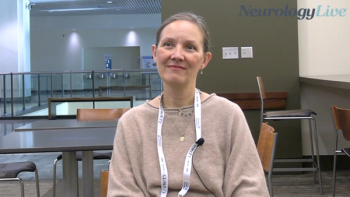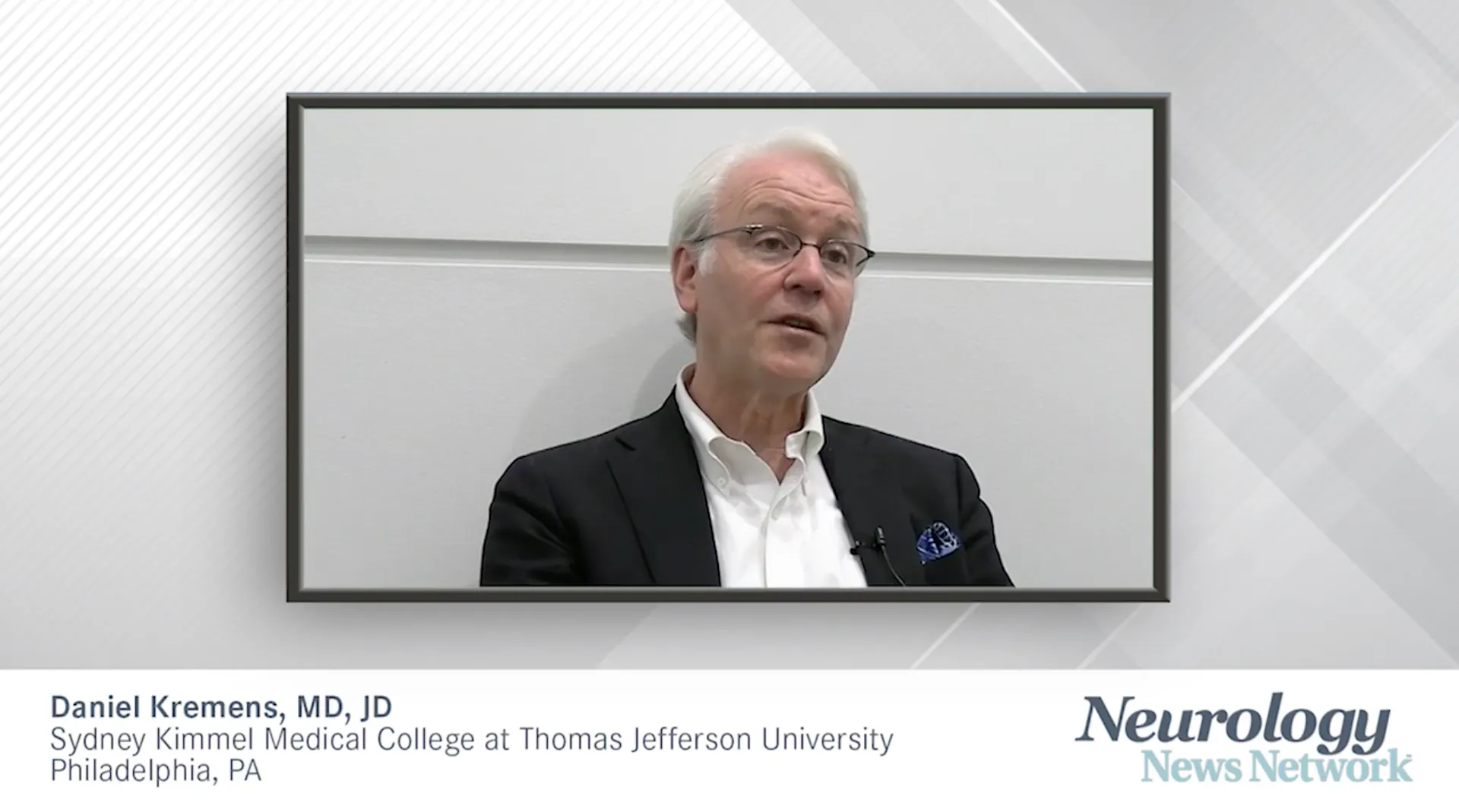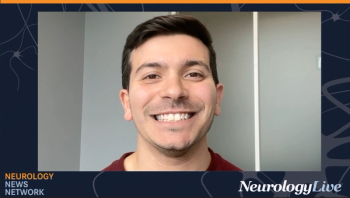
Closing Thoughts and Outlook of PD Care

Kremens gave closing thoughts on the promise of the Parkinson disease research field, the outlook of drug development, and what clinicians should be excited for next.
At the 2024 American Academy of Neurology Annual Meeting, NeurologyLive® sat down with Parkinson disease (PD) expert Daniel Kremens, MD, JD, to discuss some of the top data being presented at the meeting on novel approaches in development for the treatment of the movement disorder. Kremens discussed these various presentations, offering his perspective on the clinical landscape.
In this segment, Kremens closed out the conversation by providing forward thoughts on the exciting developments in the PD pipeline, and the ways the field is continually evolving.
00:00 – Final thoughts and onward progress of Parkinson disease
Transcript below edited for clarity.
Daniel Kremens, MD, JD: I think it's an exciting time to be involved in Parkinson disease and Parkinson disease research. From just the new symptomatic therapies that we're potentially going to have available in the United States, including some oral therapies such as IPX203—If it's improved—the various pump therapies, the subcutaneous apomorphine, the subcutaneous foscarbidopa/foslevodopa, and the subcutaneous carbidopa/levodopa are all potentially exciting new options for our patients. We're learning now about some early symptomatic therapies, using combined extended release medications, which really hasn't been done before. And then really shifting the gears, we're now going into the realm of: can we modify Parkinson disease by using either gene therapies or stem cell therapies to impact the underlying disease state rather than just symptoms? Early days for these therapies, but some of the data that we're learning about are potentially exciting, and we're going to have to see what more we learn at this year's conference as the data is presented later this week.
Newsletter
Keep your finger on the pulse of neurology—subscribe to NeurologyLive for expert interviews, new data, and breakthrough treatment updates.



































